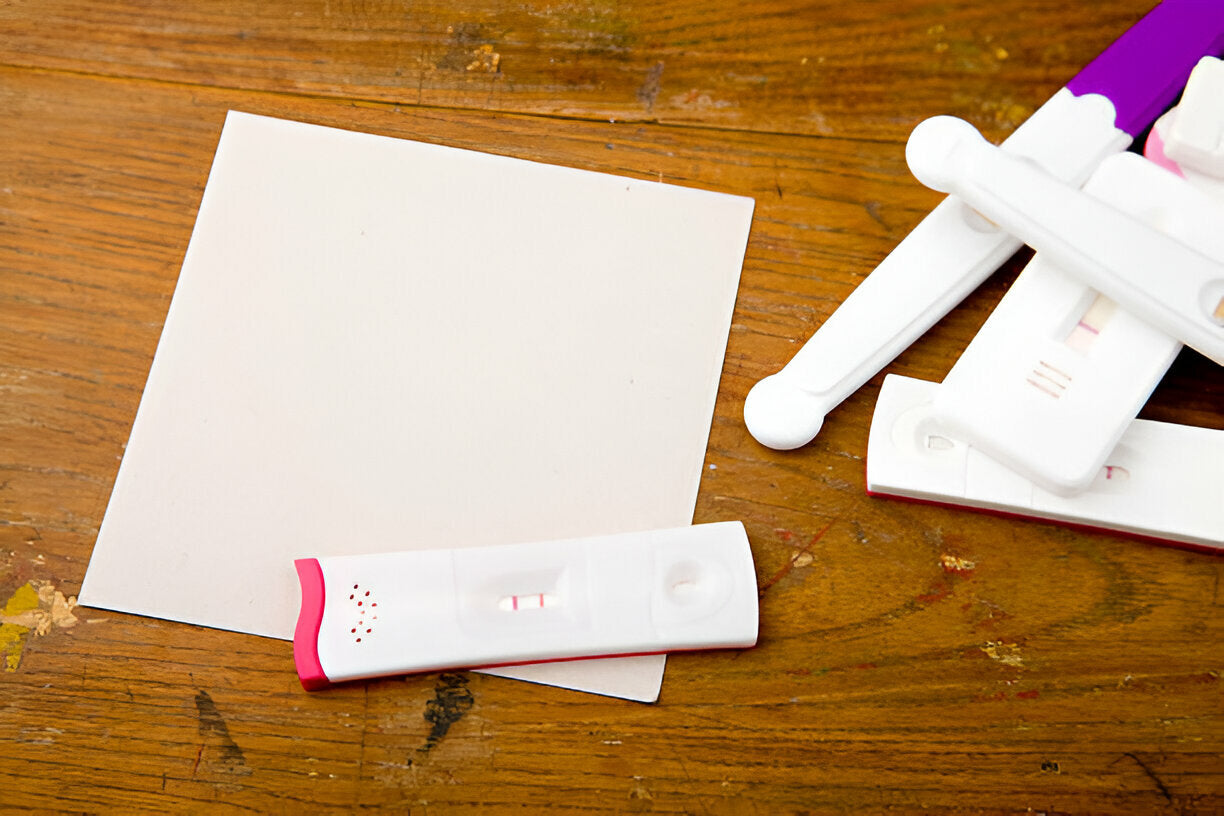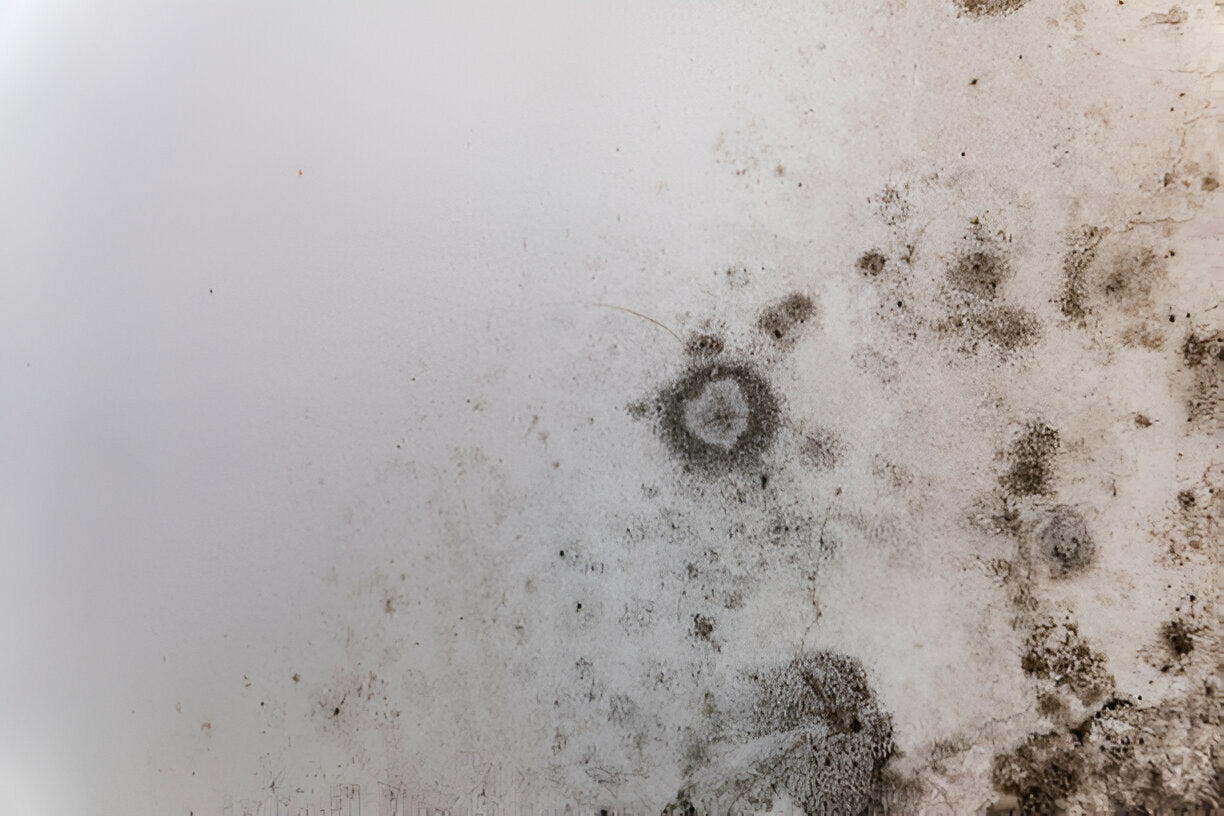Mold can be a serious health concern, especially in rental properties where tenants may not always be aware of the risks or the steps they can take to address mold issues. If you’re renting a home or apartment, understanding your rights and responsibilities when it comes to mold can help protect your health and your living environment. This blog will explore what tenants need to know about mold, how to identify it, and what steps to take if mold is found in a rental property.
Why Mold Is a Concern for Tenants
Mold is a type of fungus that grows in damp, humid environments. It can appear as black, green, or white patches on walls, ceilings, or floors and often emits a musty odor. Mold growth is typically the result of excess moisture caused by leaks, poor ventilation, or water damage.
For tenants, mold can pose several risks:
- Health Issues: Mold exposure can trigger allergies, asthma, and other respiratory problems. People with weakened immune systems or pre-existing conditions may be more vulnerable to the harmful effects of mold.
- Property Damage: Mold can damage walls, flooring, and furniture, leading to costly repairs. If left unaddressed, mold can spread and worsen over time.
- Legal Concerns: If mold is not properly managed, it could lead to disputes between tenants and landlords. Understanding your rights regarding mold issues is essential for avoiding legal complications.
Identifying Mold in Your Rental Property
Mold can appear in many forms, but some common signs of mold presence in rental properties include:
- Visible Mold Growth: Dark patches on walls, ceilings, or floors are usually a clear indication of mold. It may appear as spots, streaks, or clusters.
- Musty Odor: If you notice a persistent musty smell, it could be a sign that mold is growing in hidden areas, such as inside walls, HVAC system, or behind furniture.
- Water Damage: Leaks or water stains on walls, ceilings, or floors are often precursors to mold growth. Check areas where water damage has occurred, as mold may develop in these spots.
- Increased Allergy Symptoms: If you start experiencing unexplained coughing, sneezing, or respiratory discomfort, mold exposure could be the cause.
What to Do if You Find Mold in Your Rental
Document the Mold: Start by taking clear photos of the mold and any damage it has caused. This documentation can be crucial if you need to report the issue to your landlord, file an insurance claim, or pursue legal action. Having visual evidence also helps provide a clear record of the extent of the damage.
Notify Your Landlord: It's essential to inform your landlord or property management company as soon as you discover mold in the rental property. Many leases require tenants to report issues related to the condition of the property, including mold, and doing so promptly helps establish a paper trail. Keep a record of your communication, such as emails or written notices, in case you need it for future reference or if the landlord fails to take action.
Use a DIY Mold Test: In addition to notifying your landlord, a DIY mold test kit can be a convenient and cost-effective solution for verifying the presence of mold. If the landlord is dismissing your concerns or procrastinating on remediation, this test provides tangible evidence that mold is present. It’s also helpful if the landlord has attempted to clean the mold but you’re concerned they may not have done so properly. You can verify whether the mold was fully removed or if further action is needed. Even if the landlord has properly addressed the issue, a DIY test can offer peace of mind that the mold was completely eradicated.
Request a Professional Mold Inspection: If the mold problem appears to be extensive or you’re unsure about its source, you may want to request a professional mold inspection. This will help determine if the mold is widespread and if there are any underlying moisture issues that need to be addressed. A professional can provide a thorough assessment of the property’s condition.
Request Remediation: If the mold issue is severe, the landlord may be required to hire professionals to remove the mold and repair any water damage. Most local tenant laws hold landlords responsible for maintaining a habitable living environment, which includes addressing mold contamination. If mold is present, it’s typically the landlord’s responsibility to ensure proper remediation.
Can Tenants Test for Mold Themselves?
Yes! Tenants can test for mold themselves by hiring a mold inspector or using a DIY mold test kit. MycoTest offers easy-to-use, professional-grade kits that allow you to collect samples of suspected mold and send them to our certified lab for analysis. The process is quick, affordable, and provides reliable results that can help tenants take action.
If you suspect mold in your rental property, a DIY test is a great way to confirm its presence and gain peace of mind. And, if the test results are positive, you can share the findings with your landlord to encourage prompt remediation.
Tenant Rights Regarding Mold in Rental Properties
Tenants have legal rights when it comes to living in a safe and healthy environment. In many areas, landlords are required to maintain their properties in good condition, which includes addressing mold issues. If a landlord fails to act on mold problems, tenants may be entitled to take action, including:
- Withholding Rent: In some regions, tenants may be allowed to withhold rent until the issue is addressed if the mold is considered a serious health risk.
- Repair and Deduct: Some states allow tenants to make repairs themselves and deduct the cost from their rent if the landlord fails to fix the issue.
- Breaking the Lease: If the mold problem is severe enough to make the property uninhabitable, tenants may have the right to break their lease without penalty.
It's important for tenants to research their local laws regarding mold and habitability to understand what actions they can take if their landlord does not address the issue.
Conclusion
Mold is more than just an unsightly nuisance—it can be a serious health risk and a source of property damage. Tenants have the right to a safe, habitable living environment, and mold is a major concern when it comes to maintaining that standard. If you find mold in your rental property, taking quick action to test, document, and notify your landlord can help ensure that the issue is addressed promptly.
MycoTest offers affordable and reliable DIY mold testing kits that allow tenants to test for mold in their rental properties. Whether you’re concerned about your health or need proof of mold for legal or insurance purposes, our kits provide a quick and easy way to get the results you need.
Protect your health, your home, and your rights as a tenant by addressing mold issues head-on with MycoTest’s DIY mold test kits.


